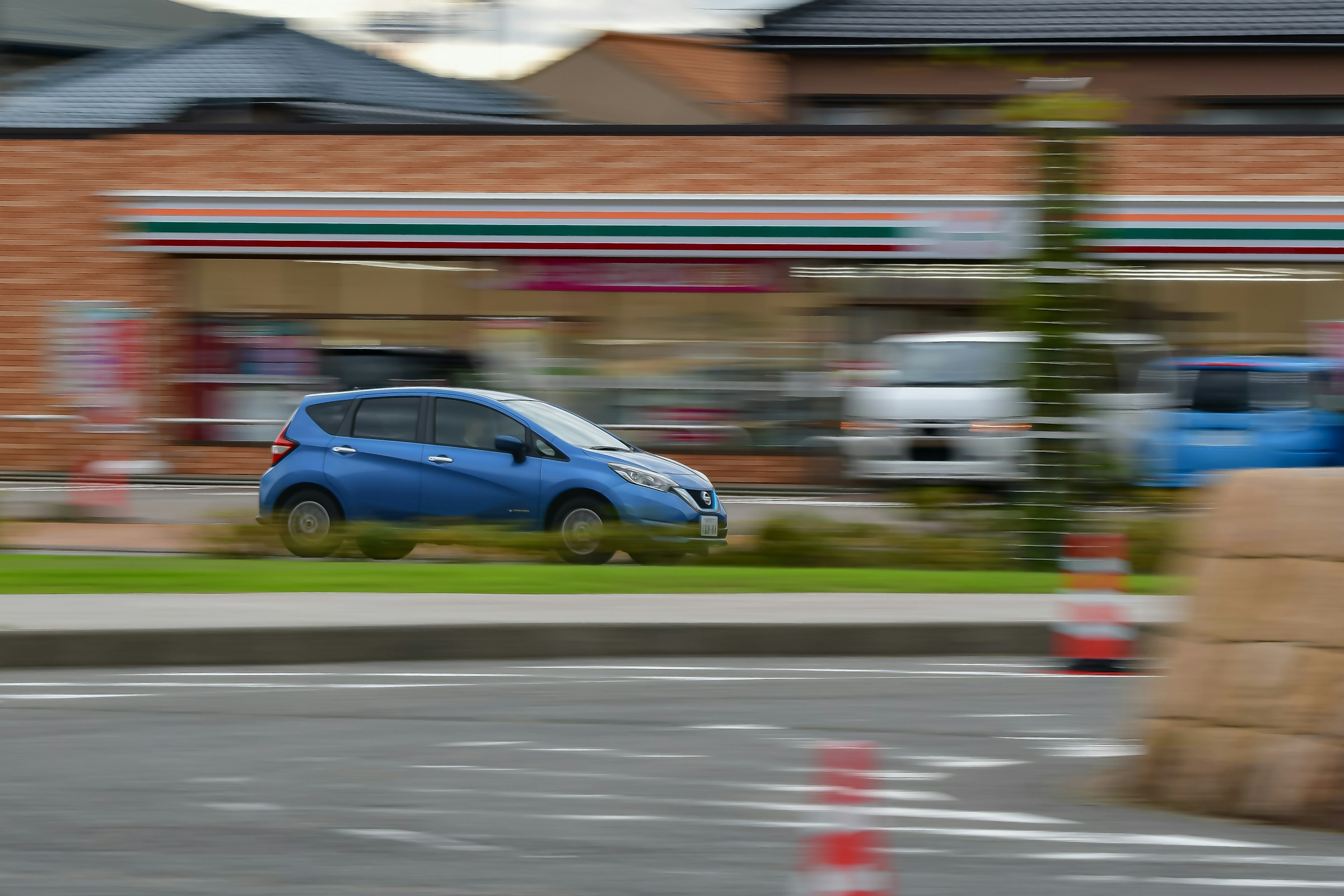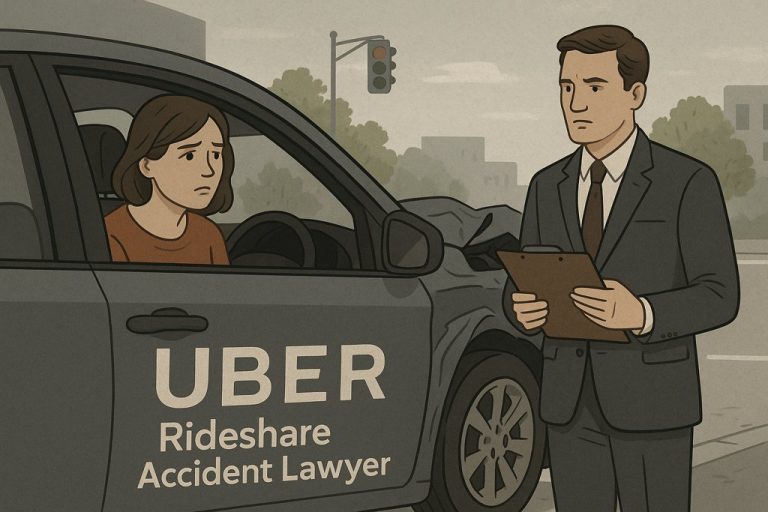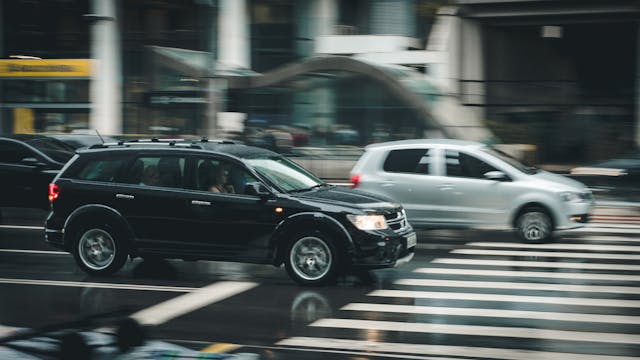When it comes to innovation in the automotive industry, self-driving cars emerge as a clear winner. Imagine having a car that drives on its own, while you relax and enjoy the ride, listening to your favorite playlist or going through office files. However, not everything is as smooth as it sounds.
AAA’s latest survey on autonomous vehicles found that 66% of Americans expressed fear, and 25% of them were uncertain about fully self-driving vehicles. However, high-tech features such as automatic emergency braking, reverse automatic braking, and lane keeping assistance have a positive outlook.
The fear and uncertainty probably stem from the lack of control, which may lead to accidents. Proving fault in an accident involving a self-driving vehicle can be challenging. After all, establishing the liability when no one is behind the wheel requires a meticulous approach, even when the victim is hurt.
As the technology behind self-driving cars continues to evolve rapidly, liability issues and legal standards are also becoming more sophisticated. In this article, we will discuss how victims can prove fault when injured in a crash with a self-driving vehicle.
Act Immediately to Preserve Data
While autonomous vehicles are a game-changing innovation, they still have a long way to go when it comes to safety. According to Statista data, 132 collisions/accidents were reported for autonomous test vehicles in 2023. With this number, the crash rate for AVs is 14.6 per million vehicle miles. While this shows improvement from previous years, the number is considerably worse than the overall car crash rate in the US.
Awareness is important for someone who is at risk. The most critical step after an accident involving a self-driving car is to act promptly to preserve the vehicle’s data. AVs rely heavily on complex data logs, software records, and sensor recordings that can pinpoint what occurred leading up to the crash.
This data can provide objective proof of fault. For example, it may reveal whether the vehicle’s sensors malfunctioned or whether the autonomous system was engaged at the time. More importantly, it can highlight if the driver failed to intervene when necessary. As a victim, you must notify law enforcement immediately and request a police report. The sooner you act, the more likely you are to get critical evidence that can make or break your legal claim.
Gather Credible Evidence
In complex car accident cases like the ones involving self-driving cars, the smallest piece of evidence matters. Collecting credible evidence extends beyond data logs. Witness testimonies, dashcam footage from other vehicles, and security camera recordings from nearby establishments can play a key role. Additionally, statements from the vehicle’s manufacturer or software developer may be necessary if there is a possibility of a system malfunction or defect.
According to Freeman Law Firm, manufacturing defects are often the reason for tire blowouts, brake failures, and engine problems. The same reason may cause mishaps in self-driving vehicles. However, proving the fault of a manufacturer is complicated and requires detailed evidence.
Expert evaluation plays a pivotal role here. For example, accident reconstruction experts can analyze sensor performance, vehicle speed, reaction times, and environmental conditions. Similarly, manufacturer reports and software update histories can pinpoint any unresolved technical issues or recent updates that might have contributed to the malfunction.
Lawyers may also establish whether the self-driving system operated correctly or failed due to negligence or a defect. Michigan Technology Law Review states that many accidents involving AVs happen because drivers fail to focus on the road. The longer they use a self-driving system, the more distracted or disengaged they are likely to be.
When combined, this evidence helps build a convincing narrative of fault.
Establish the Chain of Events
A study published in the Wiley Online Library highlights the importance of mapping the events leading up to car crashes. The chain-of-event model shows the linear sequence of events resulting in an accident. This model is effective at identifying causal factors, ideating safety interventions, and improving overall safety.
At the same time, it can support the legal process, particularly in complicated cases like those involving self-driving vehicles. A clear chain of events can link negligent behavior, whether by the vehicle’s operator, manufacturer, or software developers, to the crash itself. This involves:
- Demonstrating that a duty of care was owed, even by autonomous vehicle operators or owners.
- Showing a breach of duty, such as negligent programming, failure to maintain the vehicle, or disregarding safety alerts.
- Connecting the breach directly to the accident through technical analysis and witness testimony.
- Confirming that the breach was the cause of the accident, resulting in injuries or damages.
For instance, if the vehicle’s logs indicate the autonomous system failed to detect an obstacle or a software update introduced a defect, these factors could prove negligence. Conversely, if the human driver overlooked visual or auditory alerts, their negligence might be the primary cause. An experienced car accident attorney can establish these facts and ensure that the victim is compensated by the guilty party.
FAQs
Who is responsible for a self-driving car?
Responsibility for a self-driving vehicle depends on the circumstances. For example, if a defect or malfunction caused the accident, the manufacturer or software developer could be liable. If negligence or misuse by a human operator contributed, that individual might be held responsible. Laws are still evolving in this area, and liability might also extend to regulatory bodies, insurers, or third-party service providers.
Does insurance cover self-driving cars?
Insurance coverage for autonomous vehicles is similar to that of traditional cars, but there are some notable differences. Liability insurance in case of AVs focuses on covering the manufacturer and operator’s responsibilities. Clear policies are being developed to address cybersecurity, software failures, and hardware malfunctions.
Who will be responsible if a self-driving car hits a pedestrian?
Liability in case of a self-driving car hitting a pedestrian depends on fault proven through evidence. If the vehicle malfunctioned due to a defect, the manufacturer likely bears responsibility. The operator or owner might be liable if the driver or passenger failed to intervene, or if the vehicle was engaged illegally or unsafely. Additionally, local laws and regulations will influence liability determinations.
Proving fault in an accident involving a self-driving car involves a proactive approach by the victim. There isn’t a moment to wait or a piece of evidence to be missed if you want to hold the car owner or manufacturer liable and seek compensation from them. As autonomous vehicle technology and legal frameworks evolve, meticulous documentation and expert analysis are crucial in establishing fault and securing justice for victims.




